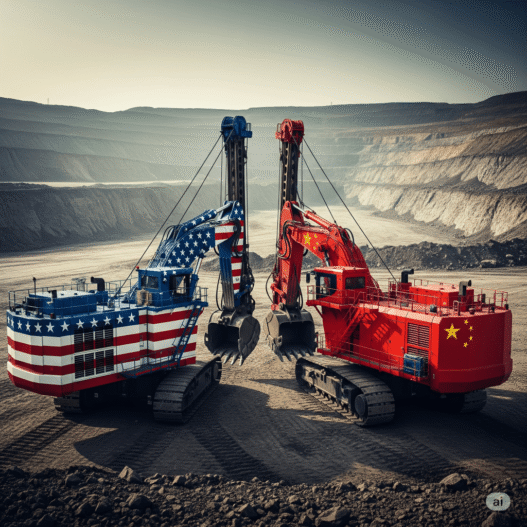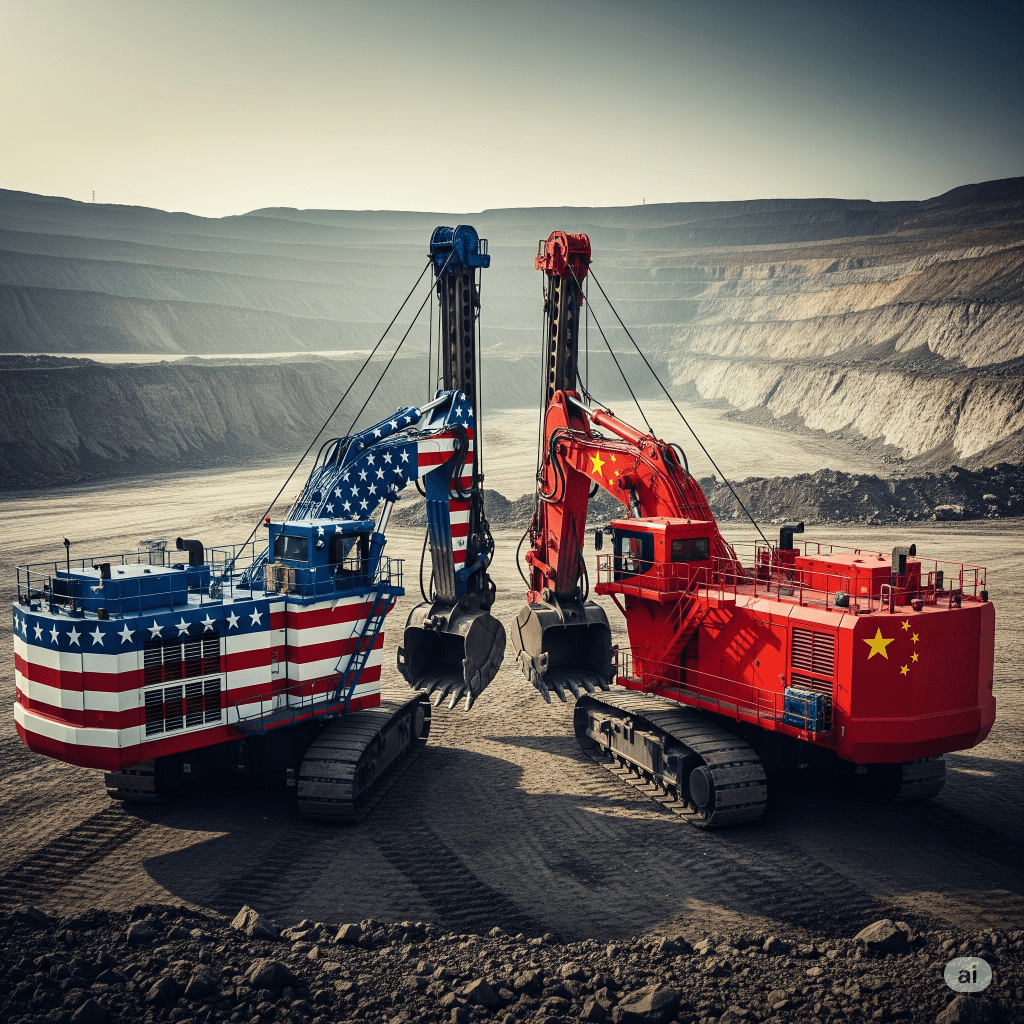In mid‑June 2025, after months of escalating tensions and high-stakes economic maneuvering, the United States and China announced a framework agreement aimed at relaxing export controls on rare-earth minerals from China in exchange for easing certain U.S. technology restrictions. The pact, finalized during diplomatic meetings in London and Geneva, represents a tactical compromise designed to avert further disruption in key global supply chains (Politico, 2025).
The Core Terms: What Was Agreed
-
China agrees to resume and accelerate exports of critical light rare-earth elements (like neodymium and dysprosium) and permanent magnets essential for industries ranging from electric vehicles (EVs) to defense (Financial Times, 2025).
-
In return, the U.S. will ease export restrictions on advanced AI chips—particularly Nvidia's “H2O” GPUs—and lift threats on revoking Chinese student visas, signaling a softer regulatory stance (PC Gamer, 2025).
-
Both nations retained certain tariffs and restrictions: the U.S. maintained steel and tech tariffs (composed of a 10% reciprocal baseline, 25% imposed during trumps first term, and an additional 20% on tariffs linked to fentanyl trafficking), and China held onto reciprocal duties (~10% on US imports) (Gulf News, 2025).
Why Rare Earths Matter
Rare-earth elements are not just industrial commodities—they are strategic materials. China accounts for over 90 percent of the world's refining capacity, making it indispensable in the production of EV motors, wind turbines, semiconductors, and advanced military systems such as F‑35 jets and precision-guided munitions.
When China in April 2025 imposed export restrictions on seven medium and heavy rare-earth metals, it triggered sharp price spikes (upwards of 40‑65 percent) and threatened to stall operations in the U.S. automotive, semiconductor, and defense sectors (Gulf News, 2025). However, This new framework provides short-term relief, restoring access to vital inputs—though military-grade exports remain excluded (Investopedia, 2025).
Balance of Power: Tech Access and Economic Leverage
The deal reflects a broader strategic pattern. By linking rare-earth exports to technology exports, notably Nvidia's AI chips, both sides are engaging in a kind of economic quid pro quo (PC Gamer) where the U.S. industry regains access to critical tech exports and China eases its mineral export curbs without compromising its global refining leverage.
Still, this is a conditional framework and not a binding treaty and implementation hinges on China fulfilling shipments and the U.S. following through with technology licensing—potentially monitored over the next 30 to 90 days (The Washington Post, 2025).
Impacts Across Key U.S. Sectors
-
Automotive & Clean Energy
With neodymium costs normalized, U.S. automakers like Tesla, Ford, and GM can resume scaled EV production (Wikipedia, 2025) -
Semiconductors & Tech
Nvidia's reentry into China boosts confidence in broader chip export deals—signaled by rising share prices and license talks for AMD and Intel. (PC Gamer, 2025). -
Defense Sector
Civilian-grade magnet supply resumes; however, China is still restricting military-grade rare earths (e.g. samarium-cobalt), keeping defense firms' vulnerabilities intact (AI Invest, 2025). -
Global Supply Chain Realignment
The deal accelerates a “China+1” strategy—supporting U.S. efforts to diversify rare-earth processing through domestic production and allied partnerships (e.g., Australia, Canada, Saudi Arabia) (Reuters, 2025).
Limits and Lingering Risks
-
Framework, not treaty: It has no formal enforcement mechanisms, timelines, or transparency requirements (Rare Earth Exchanges, 2025).
-
China's refining monopoly remains: Even with exports restored, U.S.-based miners like MP Materials still depend on Chinese processors for finishing heavy rare earths (CNBC).
-
Geopolitical backdrop fragile: Broader tensions (Taiwan, Taiwan Strait, AI espionage) could quickly unravel the agreement or reignite trade friction (AInvest).
Although this deal introduces a six‑month window during which supply disruptions ease and industries regain footing, sustained supply-chain and national-security stability will require U.S investment in domestic rare earth processing (DoD Buys Majority Share of U.S. Mining Company) as well as strong allied co-operation with partners like Australia and Canada to better support U.S. interests.
Conclusion: A Tactical Pause in a Larger Strategic Game
The U.S.–China 2025 framework marks a calculated detente rather than a full reconciliation. By reopening China's rare-earth supply and reciprocating with controlled tech exports, both sides seek to manage interdependence without ceding long-term leverage.
For U.S. manufacturers, it's a much-needed reprieve—a fragile pause that offers breathing room. For strategists and investors, however, the real question looms: Can America build resilient, diversified supply chains before the next crisis?



















